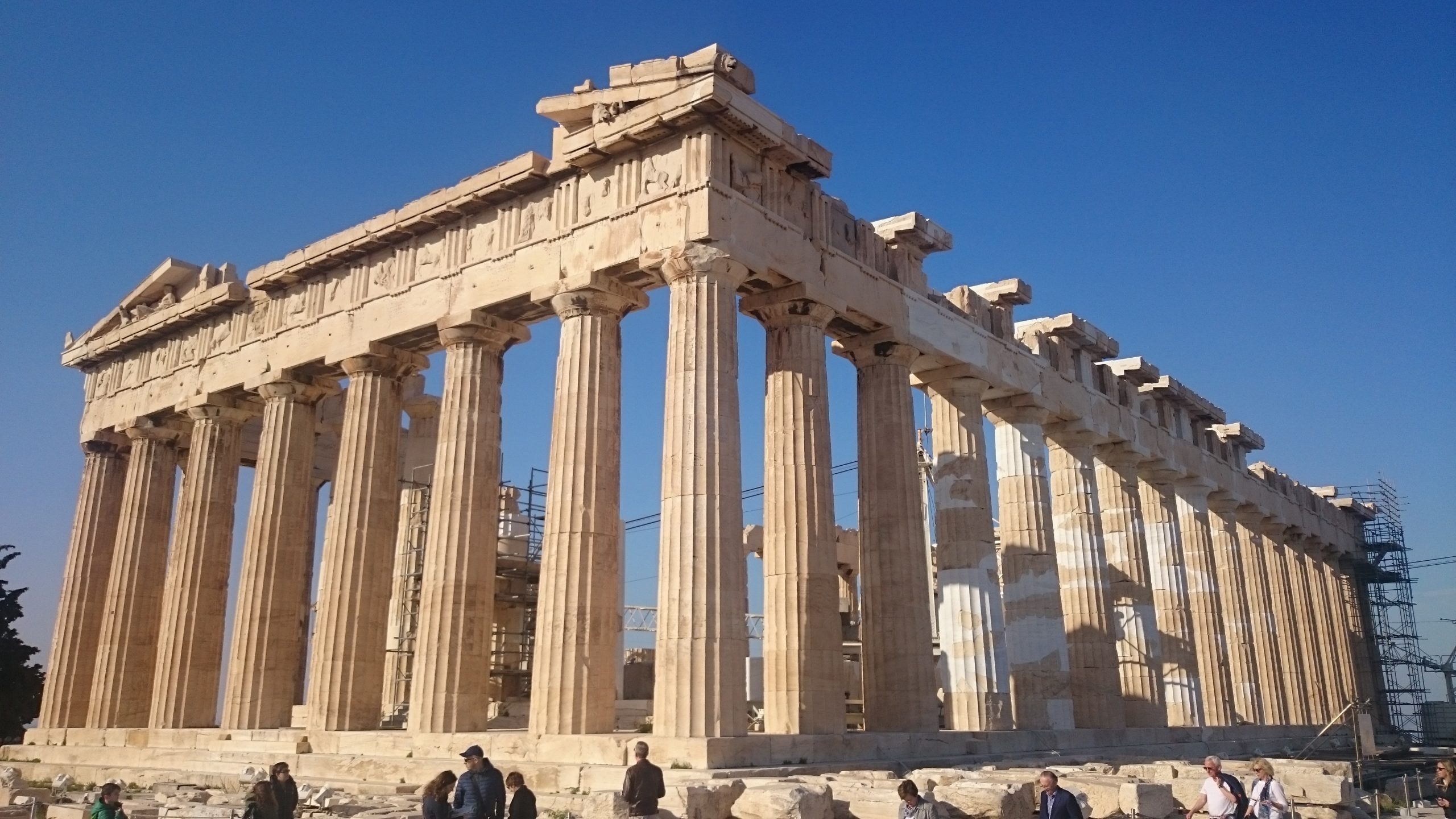Heritage Itineraries: Exploring Historical Monuments and Their Cultural Narratives

Uncovering the Past
Every stone, every arch, and every monument tells a story. Historical monuments serve as gateways to the past, revealing the intricate layers of culture and history that shape our present. Exploring these sites through heritage itineraries not only enhances our understanding but also deepens our appreciation for the diverse narratives that define different societies. As we walk the paths where our ancestors once tread, we connect with their experiences, gaining insight into our collective heritage.
Why Explore Heritage Itineraries?
- Historical Significance: Many monuments represent pivotal moments in history. For example, the Gettysburg National Military Park in Pennsylvania marks the site of one of the Civil War’s bloodiest battles, helping visitors comprehend the war’s impact on America.
- Cultural Connections: Heritage itineraries reveal how different cultures influence one another. Visiting a site like Ellis Island allows explorers to understand the immigrant experience and the diverse tapestry that constitutes modern America.
- Beautiful Landscapes: These routes often lead you through stunning environments, showcasing the natural beauty of the land. The Blue Ridge Parkway in Virginia and North Carolina is a prime example, combining breathtaking views with rich historical stops.
In the United States, routes like the Trail of Tears or the Freedom Trail in Boston exemplify such itineraries. The Trail of Tears, which memorializes the forced relocation of Native Americans, prompts visitors to reflect on themes of injustice and resilience, while the Freedom Trail guides travelers through pivotal sites in the American struggle for independence, including the historic Boston Common and the Boston Massacre site. These journeys can transform the way we think about history and our place within it, reminding us of the importance of acknowledging and understanding our past.
Embarking on Your Journey
As you set out on a heritage itinerary, consider the stories each monument holds. These sites reflect the struggles, triumphs, and transformations of societies over time. For instance, the Smithsonian National Museum of American History in Washington, D.C., offers a detailed look at the evolution of American life, from its political foundations to its cultural expressions. Delving into their cultural narratives provides a unique lens to view both the past and present, enriching your travel experience and provoking thoughtful contemplation.
Additionally, many cities have local heritage trails that guide visitors through historical neighborhoods. These walks not only showcase architectural beauty but also highlight the lives of influential figures who have shaped the community over generations. Checking out local tours can offer profound insights and personal stories that textbooks often overlook, creating a more vibrant, immersive experience.
By taking the time to explore these heritage itineraries, we not only honor those who came before us but also encourage future generations to appreciate and learn from our shared history.

DISCOVER MORE: Click here to learn how social media influencers can enhance your travel plans
The Power of Heritage Itineraries
Heritage itineraries serve as curated pathways that intertwine historical significance with cultural exploration. By following these meticulously crafted routes, travelers unlock the stories of historical monuments and the rich narratives that surround them. Each stop along the way acts as a chapter in a larger narrative—a narrative that reflects the evolution of society and the myriad experiences that shape our world today.
Key Elements of Heritage Itineraries
Understanding what makes a heritage itinerary compelling can greatly enhance your exploration. Here are several key elements to consider as you embark on your journey:
- Preservation of History: Many heritage itineraries focus on the conservation of monuments that embody key historical events or movements. For instance, the National Park Service’s emphasis on sites like Mount Rushmore or Tuskegee Airmen National Historic Site underscores the importance of preserving not just the physical structures, but also the stories they represent.
- Community Engagement: These itineraries often encourage local participation, allowing communities to share their own narratives and insights. In places like New Orleans, the cultural narratives tied to voodoo history and jazz music are integral to the visitor experience, making for a vibrant exploration that is enriched by community voices.
- Educational Opportunities: Many heritage itineraries incorporate educational programming, engaging visitors through workshops, guided tours, and interpretive centers. For example, the Marker Program in Virginia provides historical markers that guide travelers to significant sites, offering a deeper understanding of the events that unfolded there.
- Interactive Experiences: Engaging with history becomes even more rewarding through interactive elements like reenactments or immersive tours. Events such as the Plymouth Rock Living History Event create a lively atmosphere, allowing visitors to witness history come alive through period costumes and dynamic storytelling.
Exploring heritage itineraries gives travelers the chance to not just observe but also to actively participate in historical narratives. By thoughtfully moving through these spaces, you find yourself unearthing stories that might remain untold in conventional history books. This endeavor promotes a sense of respect and understanding for the challenges faced by previous generations.
Connecting Personal and Collective Histories
Delving into heritage itineraries also enables individuals to connect their personal histories with broader societal themes. As you trace the roots of different cultures in areas like Santa Fe, New Mexico—renowned for its blend of Native American and Spanish colonial history—you embark on a journey that may even illuminate your own family’s narrative. Consider how historic events such as the Mexican-American War or the Civil Rights Movement shape your understanding of identity and communal ties.
Heritage itineraries are not merely routes on a map; they are invitations to witness the tapestry of human experience. By embracing these journeys, travelers craft a deeper, more nuanced connection to the past—one that is informed by the cultural narratives embedded within each historic monument.
| Advantages | Cultural Insights |
|---|---|
| Enhances Cultural Awareness | Provides visitors with a deeper understanding of local traditions and histories. |
| Encourages Community Engagement | Fosters connections between tourists and local communities, promoting sustainable tourism. |
The theme of “Heritage Itineraries: Exploring Historical Monuments and Their Cultural Narratives” invites individuals to delve into the rich tapestry of our past, shedding light on how historical sites serve as conduits for cultural stories. Each monument reflects the societal values and historical events of its time, acting as a living archive of human experience. These itineraries are not merely about viewing architecture but rather engaging with the narratives that shaped civilizations.As travelers embark on these journeys, they become immersed in the local lore and traditions, discovering how ancient customs still resonate within today’s societal fabric. Each stop along the heritage trail transforms into an educational experience, revealing the complexities and subtleties of historical contexts that can often be overlooked.
DISCOVER MORE: Click here to learn how influencers can elevate your travel plans
Unveiling Cultural Narratives through Heritage Itineraries
One of the most enthralling aspects of heritage itineraries is their ability to unveil the intricate cultural narratives that are embedded within historical monuments. As you journey through these sites, you encounter not only physical structures but also the stories of the communities that built and maintained them. Each monument serves as a testament to shared histories, reflecting the struggles, triumphs, and evolving identities of those who came before us.
The Role of Monuments in Social Identity
Historical monuments often act as symbols of collective memory, encapsulating the essence of a culture’s identity. For example, the Washington Monument and the Lincoln Memorial are more than just architectural feats; they embody the nation’s ideals, struggles, and aspirations. Visits to these sites during events such as the annual Martin Luther King Jr. Memorial observance place them at the heart of social movements, providing visitors with a deeper appreciation for the trajectory of civil rights in America.
Similarly, the National Mall serves as a prominent gathering space that fosters dialogue and activism. Events like the Women’s March showcase how heritage itineraries can connect modern social movements to historical legacies, reinforcing the belief that understanding the past is crucial for shaping the future.
Regional Journeys through Unique Stories
Moreover, heritage itineraries vary significantly across different regions, each providing a unique lens through which to view America’s diverse cultural landscape. In cities like Philadelphia, the famous Liberty Bell and Independence Hall serve as central elements in the narrative of American independence and democracy. These sites allow visitors to reflect on the struggle for liberty—a theme that resonates profoundly in the contemporary socio-political context.
Contrast this with itineraries in the American Southwest, where the Chaco Culture National Historical Park and Mesa Verde National Park unveil the incredible histories of Native American civilizations. These sites underscore the importance of preserving Indigenous culture and point to the ongoing impact of colonization, prompting discussions about heritage, identity, and reconciliation.
Visitor Engagement and Storytelling
The art of storytelling is vital in enriching the experience of heritage itineraries. Incorporating technology, many sites now offer augmented reality apps that allow visitors to visualize historical events in real-time, enhancing their understanding of the narratives tied to specific monuments. For example, the National WWII Museum in New Orleans uses multimedia storytelling to bring to life the experiences of soldiers and civilians alike, providing a multifaceted view of history.
Furthermore, guided tours led by local historians or community members emphasize the human connection to these narratives, often revealing lesser-known stories that resonate with visitors on a personal level. Such interactions deepen the understanding of cultural heritage, transforming a passive experience into one that is engaging and participatory.
Environmental Contexts of Historical Sites
Another important aspect of heritage itineraries is the environmental context in which these monuments are situated. The landscapes surrounding cultural sites can enhance the understanding of historical events. For instance, exploring the Battlefields of Gettysburg conveys the significance of geography in the Civil War’s outcomes, while the scenic beauty of the Golden Gate Bridge adds new layers to discussions about innovation and environmental interactions in urban development.
By navigating through distinct landscapes, travelers engage not only with the past but also contemplate the relationship between humanity and nature, thus enriching their understanding of cultural narratives.
DISCOVER MORE: Click here for family trip planning tips
Conclusion: The Power of Heritage Itineraries
In summary, heritage itineraries serve as powerful tools that not only assist in exploring historical monuments but also connect us to the rich cultural narratives that shape our identities. These journeys are more than mere visits; they are immersive experiences that evoke emotions and foster connections with the past. By stepping into these historical sites, visitors engage with the collective memory of communities, reflecting on the trials and triumphs that have defined who we are today.
As we traverse through diverse regions—from the iconic symbols of democracy in Philadelphia to the breathtaking landscapes of Native American history in the Southwest—we open ourselves to a myriad of stories waiting to be discovered. Each monument stands as a sentinel of culture, encouraging deeper reflections on our shared human experiences, conflicts, and triumphs over time.
Furthermore, the integration of technology and storytelling enhances our understanding of these sites, allowing us to visualize history in compelling ways. This interactive approach not only makes the past accessible but also encourages a critical engagement with ongoing narratives that shape contemporary society. As the global landscape evolves, these itineraries remind us that tracing our past is an essential step toward fostering a meaningful future.
In this light, embarking on a journey through heritage itineraries becomes a call to action for all of us. It invites exploration, fosters dialogue, and encourages us to engage actively with the tales that define our collective identity. So, whether it’s a first-time visit or a long-awaited return, let every step taken along these paths unveil the stories of those who came before—stories that have the power to inspire change, understanding, and a shared sense of history.


